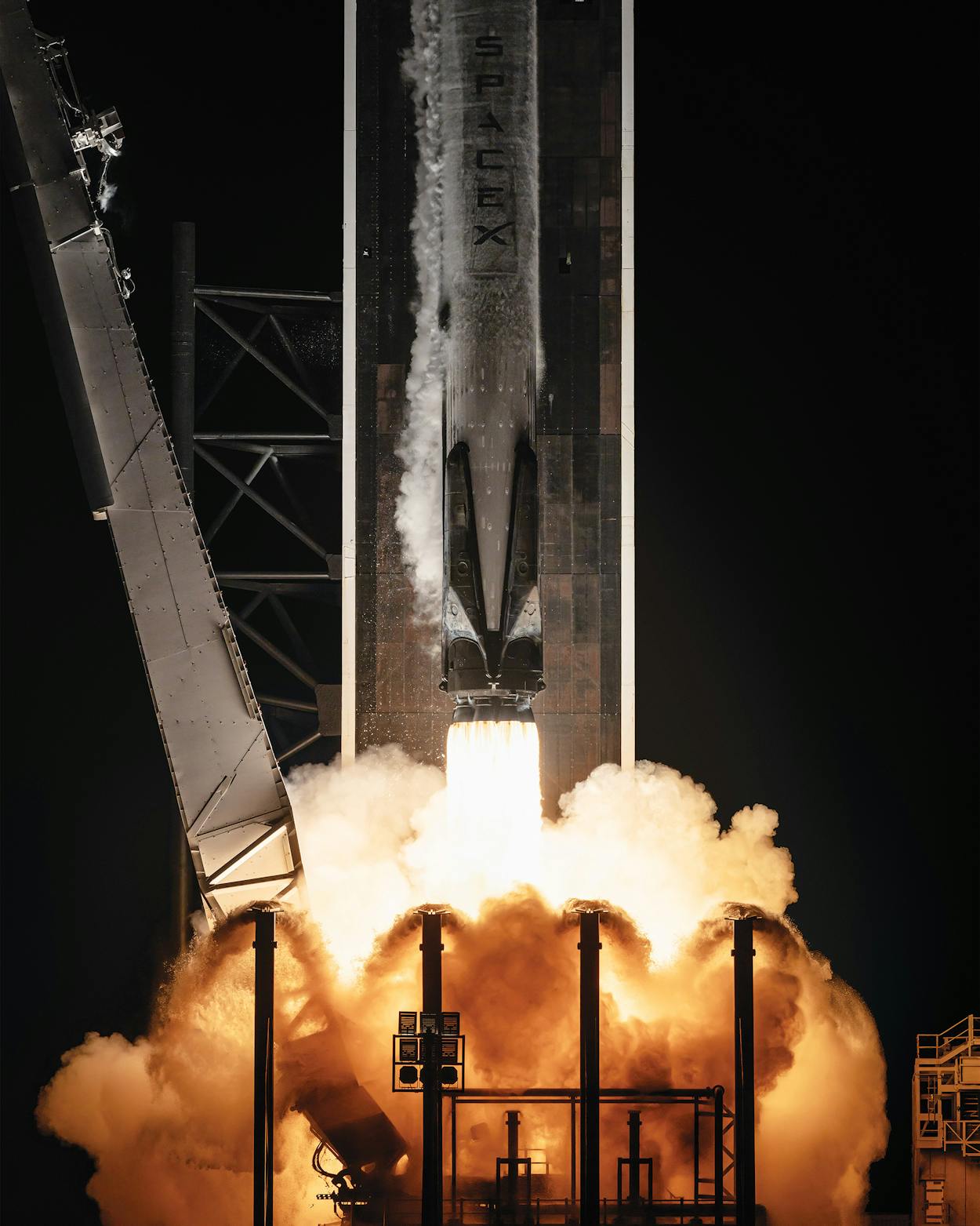Franklin Chang Díaz, a member of the U.S. Astronaut Hall of Fame, flew on seven space shuttle missions, tying the record for the most space flights. In 2005 he founded Ad Astra Rocket Company, in Webster, just southeast of Houston, which is developing a plasma engine suitable for space propulsion.
Between the seventies and the 2020s, the big shift is from confrontation to collaboration. The seventies was essentially a race between two superpowers, the U.S. and the Soviet Union, and other countries were just watching. Then that competition subsided and gave way [for many years] to collaboration. The whole world has gotten involved, because satellite technology is big business; now space is a place to make money.
The commercialization of space made sense. Every time NASA launched the space shuttle, it cost hundreds of millions of dollars. In the 2000s NASA said, “Well, we know how to get humans into orbit. So now it’s time for the private sector to really do this cheaply, much more efficiently.”
Here in the U.S., private companies started chipping at that part of NASA that was comfortable in low-Earth orbit. The International Space Station is spawning other space stations, like Axiom Space, Bigelow, and Sierra Space and Blue Origin’s Orbital Reef. Space stations are going to be numerous, and they’re going to have their own business models.
We also have private companies whose vehicles are enabling humans to go into space much more inexpensively: SpaceX with the Dragon, Blue Origin with New Shepard, Boeing with Starliner. Astronauts are now a dime a dozen! You got a lot of money, you go buy a seat, you get launched, you go a hundred kilometers into space, you spend five minutes, and then go down. As we saw with airplane travel, what used to be exclusive becomes more available to the rest of us.
NASA needs to be in the exploratory environment, where you invest your money in finding new routes and new resources, exploring other planets, and pushing the envelope. The private funding is not for that. The private funding is to create the stuff that comes after NASA.
This interview has been edited for clarity and length.
This article originally appeared in the February 2023 issue of Texas Monthly with the headline “ Privatization: The Final Frontier.” Subscribe today.







